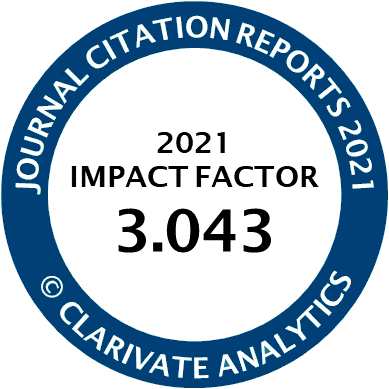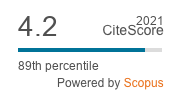Article | Open Access
Mapping the Inclusion of Children and Youth With Disabilities in Media Literacy Research
| Views: | 332 | | | Downloads: | 118 |
Abstract: The way we communicate and make meaning in a complex socio-technical infrastructure demands multiple literacies. Media-literate citizens must be able to create, evaluate and effectively use information, media, and technology. The pandemic context demanded increased online learning and work, highlighting the importance of media literacy in citizens’ lives. Although in recent years, crucial reforms have happened in education for children with disabilities, media education for them is residual and framed on medical concepts neglecting how disability is socially constructed. Aiming to map recent research (2015–2021) in the field of media literacy and children with disabilities, a systematic literature review was conducted. The number of articles obtained from a search for “media literacy and children” in the scientific databases (N = 1,175) supports the relevance of media literacy in research. Filtering these data for “children with disabilities” reveals an inexpressive sample, with 12 articles included in the study after the eligibility phase. The overall results indicate that this population is significantly underrepresented in media literacy research, explained by a low prevalence of studies with disabled children as an audience. Moreover, research designs have shown a greater focus on conceptual approaches, highlighting a deficit of fieldwork and tangible interventions. Strong ableist media discourses emerged as a barrier to the promotion of media literacy in this population, with a clear mismatch between media representations and the current disability paradigms, besides all the positive aspects of the actions registered in the sample.
Keywords: children; disabilities; inclusion; media education; media literacy; youth
Published:
© Carla Sousa, Conceição Costa. This is an open access article distributed under the terms of the Creative Commons Attribution 4.0 license (http://creativecommons.org/licenses/by/4.0), which permits any use, distribution, and reproduction of the work without further permission provided the original author(s) and source are credited.



